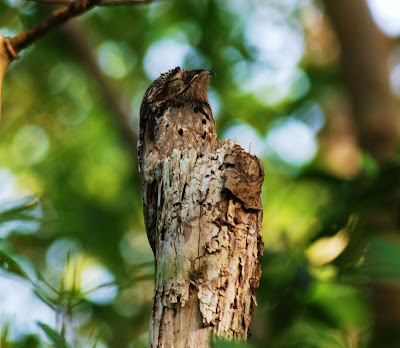Emberiza tahapisi
 |
| Photo by J.M. de Bruyn (Internet Bird Collection) |
Common name:
cinnamon-breasted bunting (en); escrevedeira-de-peito-canelado (pt); bruant cannelle (fr); escribano de pecho canela (es); bergammer (de)
Taxonomy:
Order Passeriformes
Family Emberizidae
Range:
This species is found across much of sub-Saharan Africa, from Senegal to Ethiopia, through the D.R. Congo, Tanzania, Zambia, Angola and Malawi and down to South Africa.
Size:
These birds are 16,5-18 cm long and weigh 12-15 g.
Habitat:
Cinnamon-breasted buntings are mostly associated with rocky areas, preferring mountainsides, rocky ridges, dolerite and granite outcrops with scattered bushes and trees, bare rocky clearings in woodland, eroded stony slopes and gullies, dry watercourses and deserted borrow pits and quarries. They may also be found in areas of dry savanna, dry scrubland, dry grasslands and occasionally within urban areas.
Diet:
They forage on bare ground among rocks, eating the seeds of grasses and forbs, as well as insects such as beetles and termite alates.
Breeding:
Cinnamon-breasted buntings breed in October-June, with a peak in January-April. These monogamous, solitary nesters, build a shallow cup of grass, rootlets and fine twigs on a foundation of large twigs, neatly lined with fine grass and rootlets. The nest is typically placed in a shallow depression in the ground at the base of a grass tuft or rock, on an earthen bank, in a crevice in a small rock face or among scattered rocks in a hollow. There the female lays 2-4 eggs which are incubated by both parents for 12-14 days. The chicks are fed by both parents, fledging 14-16 days after hatching.
Conservation:
IUCN status - LC (Least concern)
This species has a very large breeding range and is described as generally fairly common and numerous. The population is suspected to be stable in the absence of evidence for any declines or substantial threats.
















